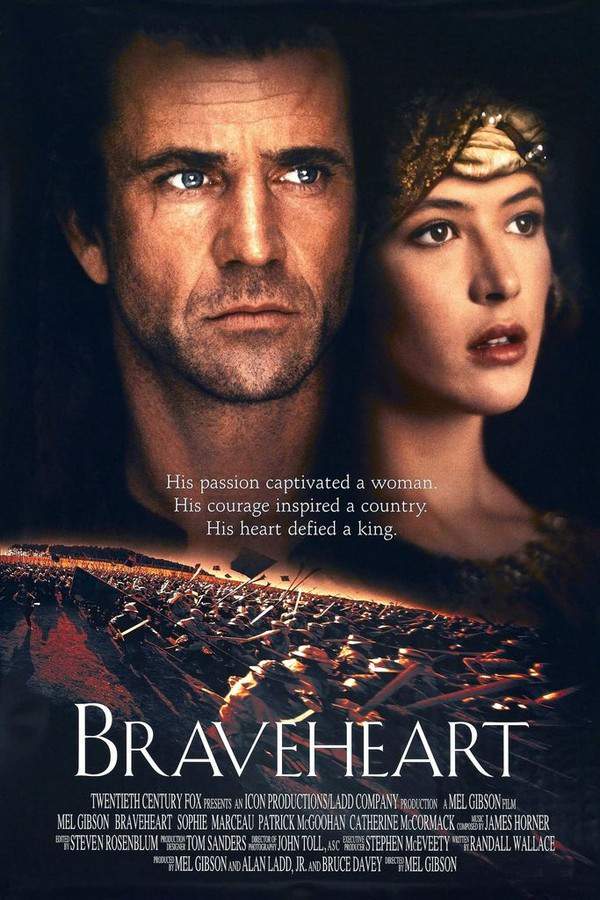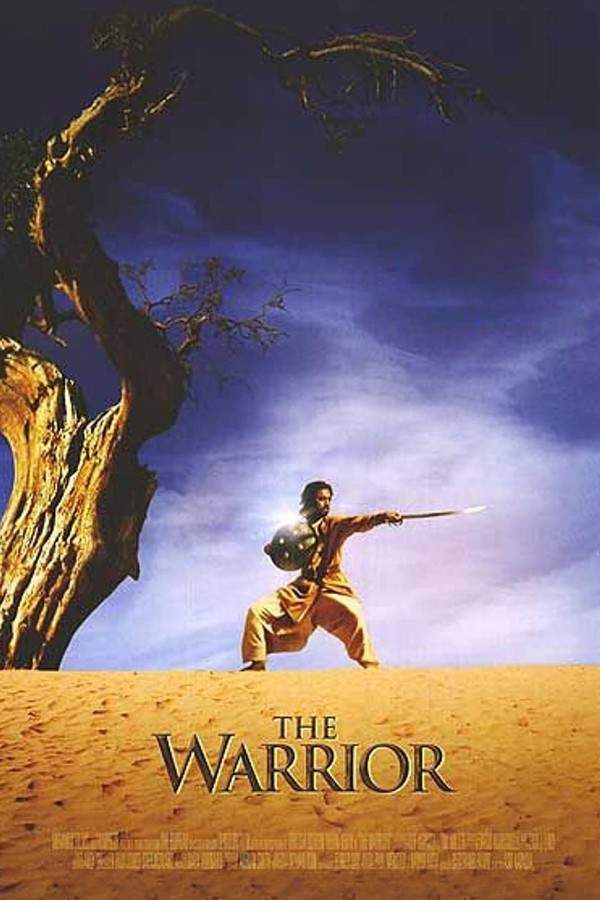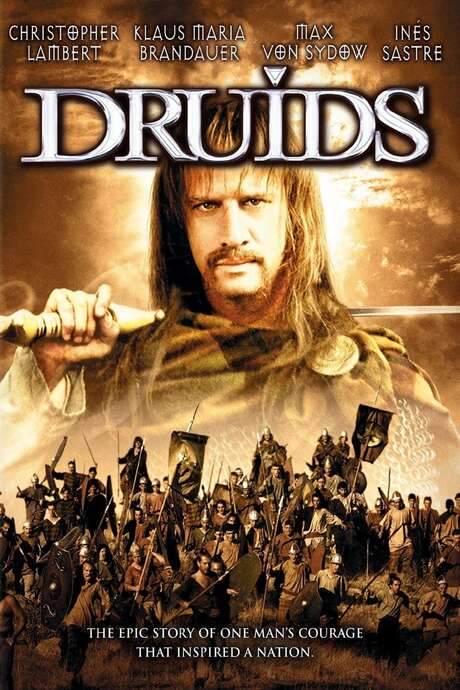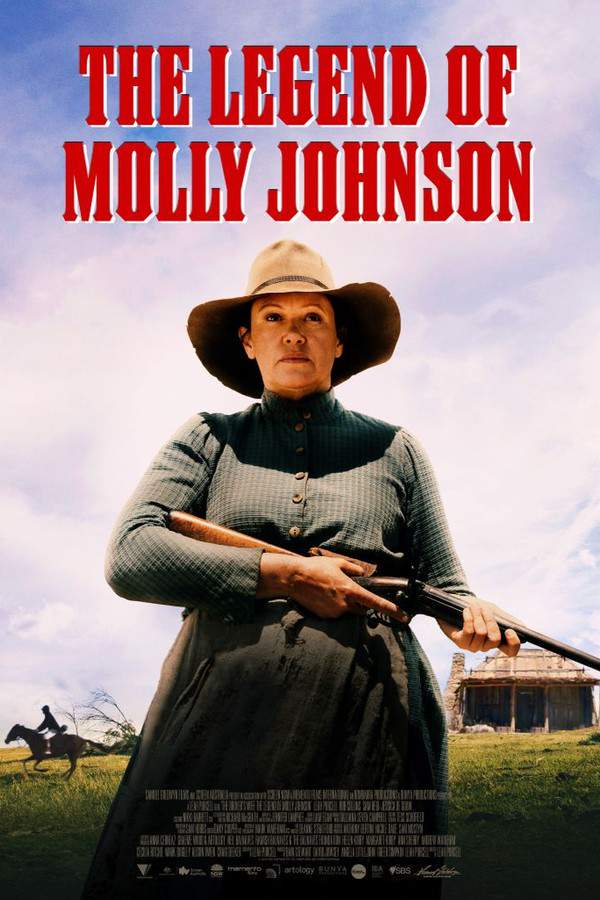
Queen of the Mountains
Year: 2014
Runtime: 135 mins
Language: Kyrgyz
Director: Sadyk Sher-Niyaz
In a region of Asia where women traditionally hold little power, the spirited Kurmanjan Datka challenges her family’s expectations and rises to become the leader of her native Kyrgyzstan. Her determination and strength allow her to overcome significant obstacles and ultimately claim a position of authority, defying societal norms and shaping the destiny of her people.
Warning: spoilers below!
Haven’t seen Queen of the Mountains yet? This summary contains major spoilers. Bookmark the page, watch the movie, and come back for the full breakdown. If you're ready, scroll on and relive the story!
Queen of the Mountains (2014) – Full Plot Summary & Ending Explained
Read the complete plot breakdown of Queen of the Mountains (2014), including all key story events, major twists, and the ending explained in detail. Discover what really happened—and what it all means.
In 1816, in the rugged Alay District, a young Kurmanjan Datka steps into a destiny that will shape a nation. A cave fortune teller foresees that she will one day be worth ten sons, a prophecy that threads through the years as if a tiger’s shadow were always nearby. The film opens with that striking image of the tiger, echoing a life marked by danger, courage, and an unyielding will.
Married off at a young age, Kurmanjan moves into her husband’s yurt and swiftly asserts her will. She resists the advances of her husband’s friend, and when the moment becomes too perilous, she flees on horseback to return to her family. The stubborn fire she carries inside her does not extinguish, and soon she finds herself entangled in alliances that will test her in ways she never expected.
She eventually accepts a second match, this time with the local datka, Alymbek Datka, whose leadership is tested as taxes from the Kokand Khan become increasingly burdensome. Alymbek envisions a united Kyrgyz nation, calling for the unification of all tribes, a dream that brings him into contact with Jantai, the khan of a northern tribe. A grand Assembly is proposed to solidify this vision, but news travels fast to the Kokand khan, who responds by ordering Alymbek’s murder and casting a long shadow of treachery over the Alay valley.
Kurmanjan becomes a target as the plot threads tighten around violence and political intrigue. In the wake of conspiracies, she is forced to flee again, aided by a protective tiger’s presence that seems to mark her survival. Yet the danger intensifies, and the people of the Alai must decide how to respond when the Kokand Khan sends his forces to crush the fragile Kyrgyz unity.
When the Kokand invasion looms large, Kurmanjan arrives to rally the women of her tribe, standing at the forefront of the defense. She helps fortify a crucial mountain pass, and the men, inspired by a rousing speech that invokes a sense of national myth and resilience, rally to defend their homes. It is a turning point that shows how a community can pull together when the stakes are existential.
The emir, displeased by the khan’s assassination of Alymbek, returns the body and the head of the killer, and proclaims Kurmanjan as datka. This gesture marks a shift in leadership and a redefinition of authority, as the Alai people begin to be treated as a more self-governing unit. The region’s fate shifts toward an uneasy peace as the Russian Empire asserts its influence, and General Mikhail Skobelev engages with Kurmanjan to negotiate terms that would return seized lands, free prisoners, and allow the Alai people to govern themselves and practice Islam with greater autonomy.
The conflict does not end neatly, however. One of Kurmanjan’s sons, Abdyldabek, is sent into exile in Afghanistan where he ultimately dies. Skobelev’s successor proves less sympathetic to the Alai, and tensions with the Russians flare into violence that touches Kurmanjan’s other son, Kamchybek. She stands alongside armed rebels, yet she ultimately permits the execution to proceed, a moment that underscores the heavy sacrifices a mother makes for her country.
Across these political upheavals, Kurmanjan’s resolve remains a constant thread. The film uses voiceover to reflect on the sacrifices mothers make in service of their people and their land, painting a portrait of leadership that is both compassionate and steadfast. The closing image, set in 1906, shows a group of Kyrgyz children gathered before their yurts, with Kurmanjan riding proudly (a nod to a famous photograph by Carl Gustaf Emil Mannerheim). It is a somber, powerful coda that links a nation’s history to the intimate courage of one woman, whose life became a living symbol of resilience and national identity.
Last Updated: October 03, 2025 at 10:35
Explore Movie Threads
Discover curated groups of movies connected by mood, themes, and story style. Browse collections built around emotion, atmosphere, and narrative focus to easily find films that match what you feel like watching right now.
Sacrificial leadership epics with tragic costs like Queen of the Mountains
Stories of leaders whose greatest triumphs come at an unbearable personal price.If you were moved by the heavy emotional journey in Queen of the Mountains, explore other movies like it. This collection features powerful historical dramas and biopics where leaders achieve legendary status, but only after enduring immense personal loss and bittersweet victories.
Narrative Summary
The narrative pattern follows the rise of a formidable leader against a backdrop of political turmoil or war. Their strategic genius and resilience lead to a significant historical achievement, but the central conflict revolves around the devastating personal sacrifices—often involving family—required to secure that legacy, resulting in a triumphant yet tragic arc.
Why These Movies?
Movies are grouped here for their shared focus on the paradoxical blend of public victory and private despair. They share a somber, mythic tone, a steady pacing that builds to emotional crescendos, and a central theme that true leadership is forged in personal tragedy.
Gripping historical sagas of defiant women like Queen of the Mountains
Epic tales of women challenging tradition to shape the destiny of their nations.For viewers who enjoyed Queen of the Mountains, find similar movies featuring powerful female protagonists in historical settings. These stories focus on women breaking barriers, leading in times of conflict, and forging a legacy against overwhelming odds, all with a serious and gripping tone.
Narrative Summary
The narrative follows a determined female protagonist as she navigates a patriarchal and often violent historical period. Her defiance of tradition sparks a journey filled with conflict, alliance-building, and personal loss. The story is a testament to her steadfast will, culminating in a legacy that is impactful but often paid for with heartbreak.
Why These Movies?
These movies share a core focus on female resilience and leadership within historically accurate, high-stakes settings. They are united by a dark, serious tone, high emotional intensity stemming from personal and political struggles, and a plot that intertwines a character's personal growth with pivotal historical events.
Unlock the Full Story of Queen of the Mountains
Don't stop at just watching — explore Queen of the Mountains in full detail. From the complete plot summary and scene-by-scene timeline to character breakdowns, thematic analysis, and a deep dive into the ending — every page helps you truly understand what Queen of the Mountains is all about. Plus, discover what's next after the movie.
Queen of the Mountains Timeline
Track the full timeline of Queen of the Mountains with every major event arranged chronologically. Perfect for decoding non-linear storytelling, flashbacks, or parallel narratives with a clear scene-by-scene breakdown.

Characters, Settings & Themes in Queen of the Mountains
Discover the characters, locations, and core themes that shape Queen of the Mountains. Get insights into symbolic elements, setting significance, and deeper narrative meaning — ideal for thematic analysis and movie breakdowns.

Queen of the Mountains Spoiler-Free Summary
Get a quick, spoiler-free overview of Queen of the Mountains that covers the main plot points and key details without revealing any major twists or spoilers. Perfect for those who want to know what to expect before diving in.

More About Queen of the Mountains
Visit What's After the Movie to explore more about Queen of the Mountains: box office results, cast and crew info, production details, post-credit scenes, and external links — all in one place for movie fans and researchers.





























